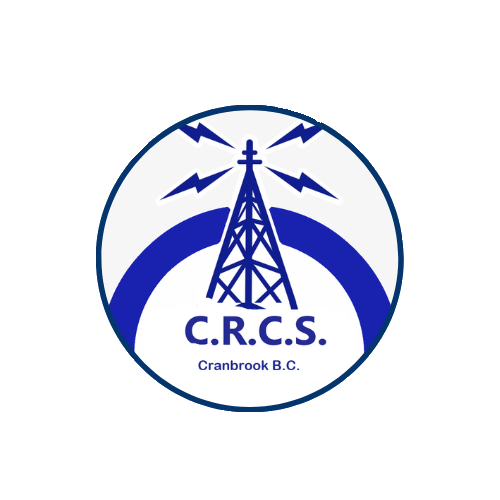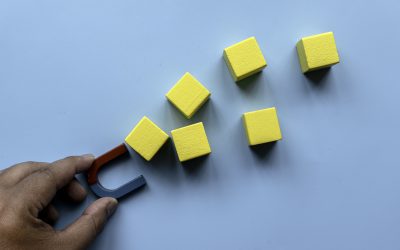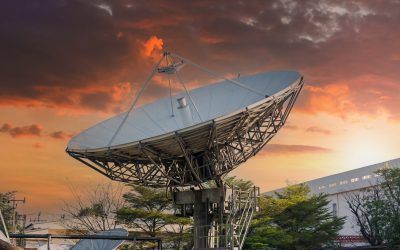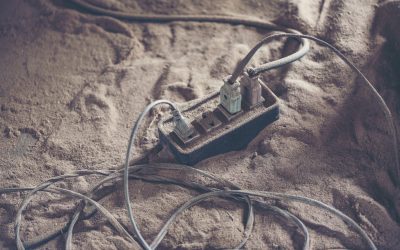Whether you’re new to amateur radio or have years of experience under your belt, the SWR meter is likely one of the first tools you learned to use. It’s a trusted piece of gear—used to measure the Standing Wave Ratio and determine how well your antenna is matched to your transmitter. A low SWR usually means your signal is going out strong and clean. A high SWR? That spells trouble.
But what if the readings you’re seeing on your SWR meter aren’t telling the whole story? What if your SWR meter is lying to you?
It might sound dramatic, but it happens more than most hams would like to admit. We believe that knowing how and when to question your readings can save your rig—and your sanity.
In this post, we’re digging deep into why your SWR meter might be misleading you and how to get more accurate results.
What Is an SWR Meter, Really?
Before we get into what can go wrong, let’s quickly review what an SWR meter actually does.
An SWR meter measures the ratio of forward power to reflected power in your transmission line. In a perfect world, all your RF energy flows from your transceiver into your antenna and radiates into space. But if the antenna isn’t properly matched to your system—often 50 ohms—some of that energy bounces back toward your rig.
The SWR reading tells you how much energy is being reflected:
-
1:1 SWR = perfect match
-
2:1 SWR = 11% power reflected
-
3:1 SWR = 25% power reflected
Too much reflected power can damage your equipment over time. That’s why hams pay close attention to these readings.
Common Reasons Your SWR Meter Is Lying
1. Incorrect Meter Placement
One of the most common causes of false SWR readings is placing the meter in the wrong spot. The SWR meter should be installed as close to the transmitter as possible—not near the antenna.
Why? Because the meter needs to measure the RF leaving your radio before it hits any major impedance changes in the coaxial line. Placing it near the antenna could include line loss and mislead you into thinking the match is better (or worse) than it actually is.
2. Poor Quality Coax or Connectors
Old, damaged, or low-grade coaxial cable can dramatically affect your readings. A cracked jacket, corroded connector, or a pinched cable can cause signal reflections that mimic antenna mismatch. Your SWR meter sees the extra reflected power and blames the antenna—even when the issue is in the feedline.
Quick tip: If your SWR readings are unstable or jumpy, inspect your coaxial cable first.
3. Mismatched Impedance
Some hams use antenna tuners between the radio and the antenna to achieve a “good” SWR reading. But a tuner doesn’t actually fix the antenna; it just masks the mismatch from the transmitter.
If you place your SWR meter after the tuner, you’ll see a beautifully low reading—but it’s not telling you what’s really happening at the antenna. Put the meter before the tuner to see the true match.
4. Inaccurate or Poor-Quality Meters
Not all SWR meters are created equal. Cheap meters, especially the small ones bundled with budget transceivers, can have poor calibration, limited frequency range, or even reverse wiring internally.
Signs your meter may be off:
-
SWR is always high or always low, no matter the antenna
-
Readings change drastically with small coax movements
-
The forward/reflected knobs need extreme adjustment to calibrate
Whenever possible, test your system with a known good SWR meter or compare with another ham’s equipment to verify accuracy.
5. Frequency Range Mismatch
Every SWR meter has a frequency range. Using an HF-only meter for VHF/UHF, or vice versa, results in wildly inaccurate readings. Meters must be rated for the frequency you’re using.
If you’re operating on 2 meters but your meter is rated for 3–30 MHz (HF), your reading is essentially useless. Always check the specs.
6. Meter Calibration Issues
Many analog SWR meters require manual calibration before use. If you’re not calibrating properly—setting the forward power to full scale before reading reflected power—your readings will be incorrect.
Even digital meters can drift over time. If your meter has a “zero” or “calibrate” function, use it regularly, especially before important measurements.
7. Faulty or Loose Connections
SWR readings are highly sensitive to impedance changes, and a simple loose connector can throw things off. A cold solder joint inside the meter or a worn-out PL-259 connector can introduce impedance bumps that mislead the meter.
It’s good practice to:
-
Inspect and clean connectors regularly
-
Reflow any questionable solder joints
-
Replace aging connectors with high-quality parts
8. Coax Length and Line Loss
Some hams unknowingly “fix” high SWR readings by changing the length of coax cable. Yes, line length can alter displayed SWR due to transmission line behavior—but it doesn’t actually improve your antenna match.
Changing coax length to “make the meter happy” is a band-aid, not a cure. You may simply be hiding the real issue, especially if the loss in the coax is attenuating the reflected signal.
How to Get Accurate SWR Readings
Here’s how to make sure your SWR meter gives you the real picture:
-
Use a meter rated for the band you’re working on.
-
Install it close to the transmitter.
-
Check that all cables and connectors are secure and in good condition.
-
Calibrate the meter properly.
-
Don’t use a tuner to “hide” the mismatch.
-
Test with another meter if you suspect issues.
For best results, use a dummy load known to be 50 ohms as a control test. If your meter doesn’t show 1:1 SWR with the dummy load, the problem lies in the meter or its connections—not the antenna.
When SWR Doesn’t Tell the Whole Story
It’s worth noting: a good SWR does not always mean good performance.
A dummy load, for example, has a perfect 1:1 SWR—but it radiates nothing. Similarly, some antennas can have low SWR but poor gain, inefficient radiation, or bad pattern characteristics.
That’s why we at CRCS encourage using SWR meters as one of many tools. Combine it with power meters, antenna analyzers, and even on-air reports for a complete view of how your station is performing.
SWR Meter vs. Antenna Analyzer
Newer hams often wonder: should I get an SWR meter or an antenna analyzer?
-
SWR Meter: Great for real-time checks while transmitting. Affordable and simple.
-
Antenna Analyzer: Ideal for antenna design, tuning, and troubleshooting. Offers impedance graphs, resonant frequency, and more—without transmitting.
Ideally, have both. But if you can only afford one, choose based on your needs.
Your SWR meter is an important tool—but like any tool, it’s only as good as the way it’s used. Poor placement, faulty gear, or bad connections can lead to inaccurate readings that cost you time, performance, and potentially damage to your rig.
We always recommend questioning your tools—especially when something seems “off.” A good SWR reading doesn’t guarantee a great signal, and a bad one doesn’t always mean disaster. Understanding the why behind the numbers will make you a better, more confident operator.
Still unsure about your readings? Bring your setup to one of our CRCS workshops or join our weekly net. Our members are always happy to troubleshoot, share gear, and compare notes.




